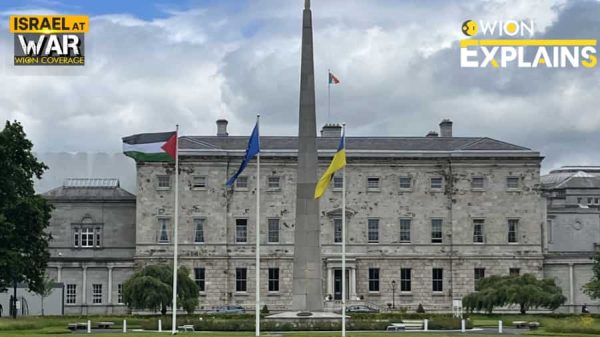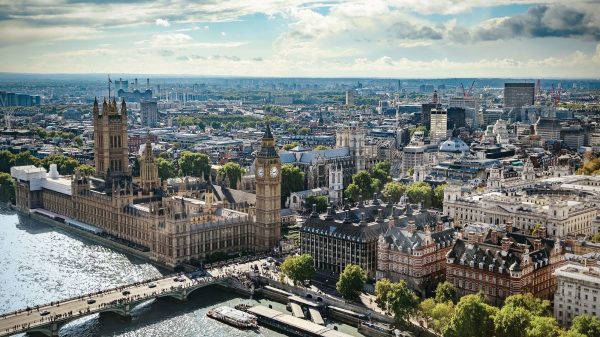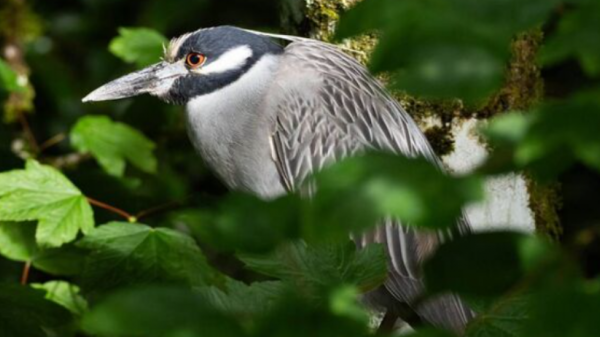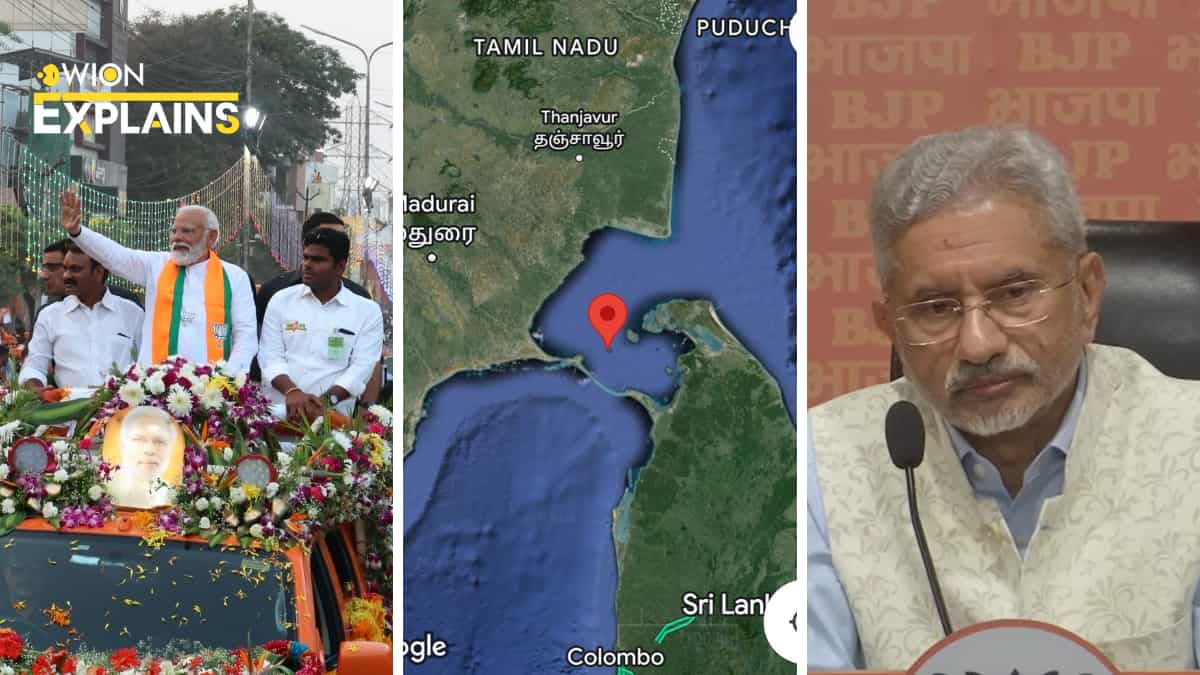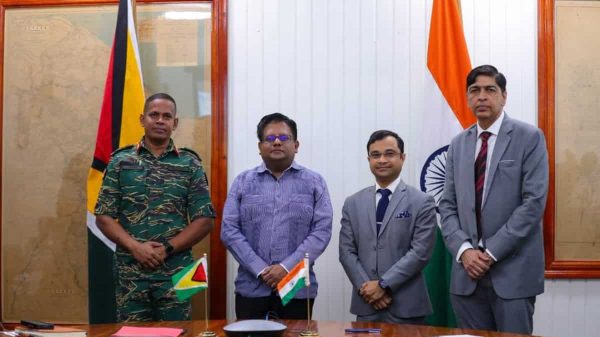Katchatheevu Island: Ownership and History
The ownership of the 285-acre uninhabited Katchatheevu island in the Palk Strait has been a subject of historical and political debate.
Location of Katchatheevu
Katchatheevu is situated in the Palk Strait, between India and Sri Lanka, approximately 33 km from the Indian coast and 62 km southwest of Jaffna, Sri Lanka.
It emerged from a 14th-century volcanic eruption and is close to Sri Lanka’s Delft Island.
Historical Control
Initially controlled by the Jaffna kingdom of Sri Lanka, the island later came under the Ramnad zamindari from Tamil Nadu in the 17th century.
During the British Raj, Katchatheevu became part of the Madras Presidency, leading to disputes over fishing rights.
Indo-Sri Lankan Agreement
In 1974, India and Sri Lanka signed an agreement settling the ownership of Katchatheevu, with the island belonging to Sri Lanka but ensuring rights for Indian pilgrims and fishermen.
The agreement aimed to resolve longstanding controversies and allowed Indian pilgrims to visit the St Anthony church on the island without travel documents.
Fishing Rights and Political Impact
Katchatheevu remains a contentious issue in Tamil Nadu politics, particularly concerning the fishing rights of Indian fishermen.
Recent statements by political leaders highlight the ongoing debate over the historical and political significance of the island.
Current Political Discourse
The recent political discourse surrounding Katchatheevu involves statements from leaders like Prime Minister Narendra Modi and Congress leader P Chidambaram.
The differing perspectives on the historical settlement of the island and its implications on current political dynamics add complexity to the ongoing discussions.





